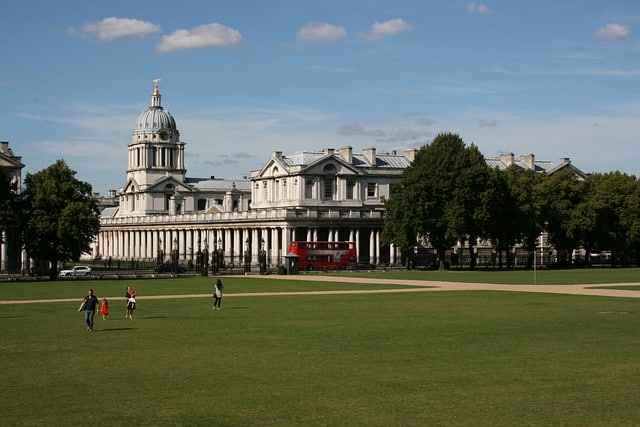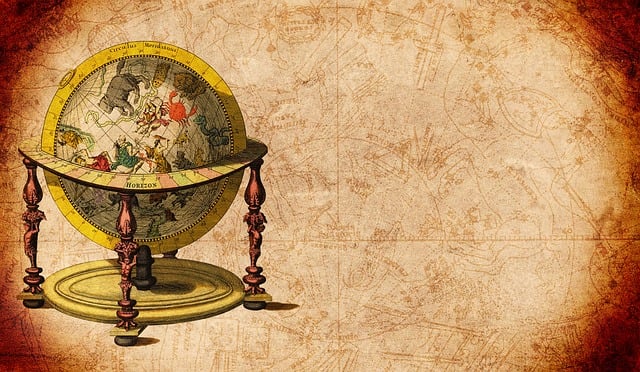
The Greenwich Meridian runs through the Greenwich district of London.
Meridian is a concept that comes from the Latin word meridiānus , which in turn derives from meridies . The term can be used as an adjective or as a noun: in the first case, it qualifies that which is linked to midday or that which is very bright or clear.
However, it is more frequently used as a noun. This is how it is used in geography , astronomy and geometry , for example.
The great circle of the sphere of the planet Earth that crosses one pole is called a meridian; to the semicircle of said sphere that extends from one pole to another; and to the line that intersects a sphere with a plane that cuts its axis.
What is the Greenwich Meridian?
We can affirm, taking these definitions into account, that the meridians are the great semicircles of the Earth that cross the south and north poles . These are imaginary lines.
The Greenwich meridian , in this framework, is the one that is taken as the basis for measuring longitudes. Also known as the prime meridian , base meridian or zero meridian , it is named after the district of London ( England ) that it passes through.
Specifically, the Greenwich Meridian passes through the Royal Greenwich Observatory , which was created by order of King Charles II of England in 1675 . The adoption of this meridian as a reference took place in 1884 , when the International Meridian Conference was held in the United States .
At this event, it was also agreed that the universal day , the astronomical day and the nautical day begin at Greenwich midnight.

The establishment of the Greenwich meridian as a reference took place at an international conference held in 1884.
Its usefulness
The Greenwich meridian allows the Earth's sphere to be divided into two hemispheres : eastern and western . The equator line , meanwhile, establishes the division into the southern hemisphere and the northern hemisphere .
It is important to indicate, on the other hand, that the Greenwich meridian is accepted as a starting point for the definition of time zones . Therefore, the time in the various countries of the world is set from this meridian.
It cannot be ignored that, beyond geographical and astronomical issues, the delimitation of the Greenwich meridian and its preponderance in the time issue has to do with political and historical reasons. When the International Meridian Conference was held in 1884 , the British Empire was enjoying its heyday and had great lobbying power to impose its interests on the international level.
The Greenwich Meridian and time zones
To calculate the time at a global level, planet Earth is divided into strips that are established according to meridians equidistant from each other. These bands are known as time zones .
There are 24 time zones , each with a width of 15 degrees. The time standard adopted is called Greenwich Mean Time, simplified with the acronym GMT .
The GMT arises from mean solar time at the Greenwich meridian . There are countries, however, that have more than one time zone due to their geographical extension.
Currently, GMT is often used as a synonym for Universal Time Coordinated , which is the standard that allows the coordination of world times. On the Greenwich Meridian , the UTC +0 time zone is recorded.
